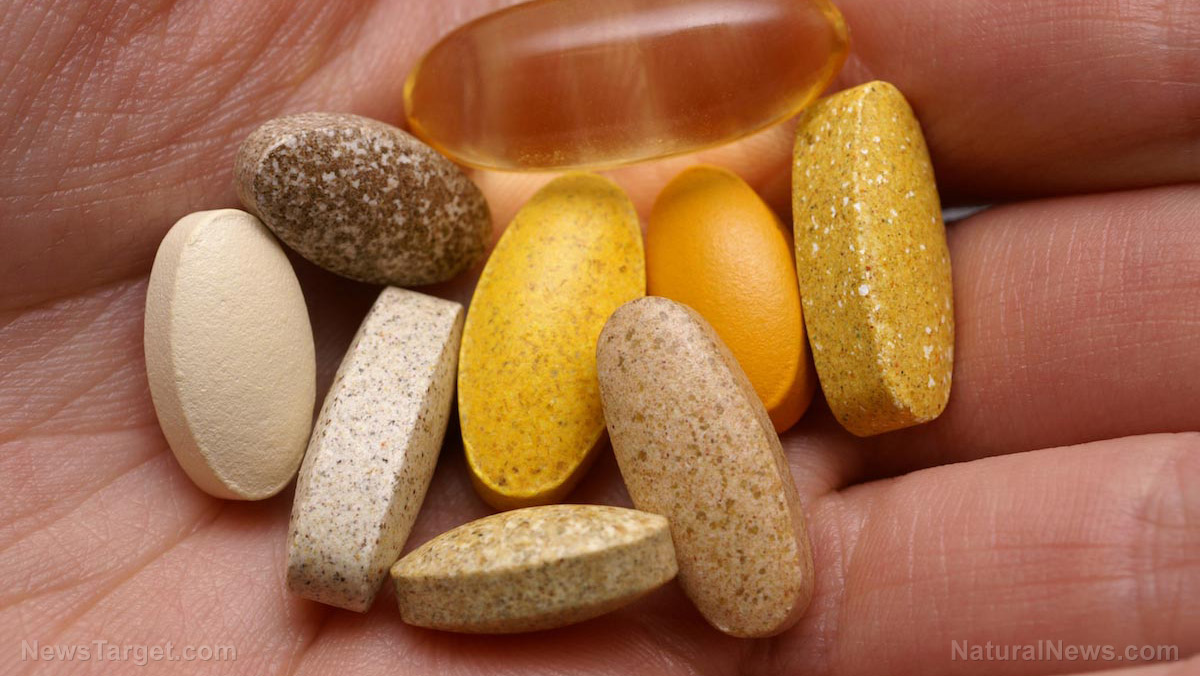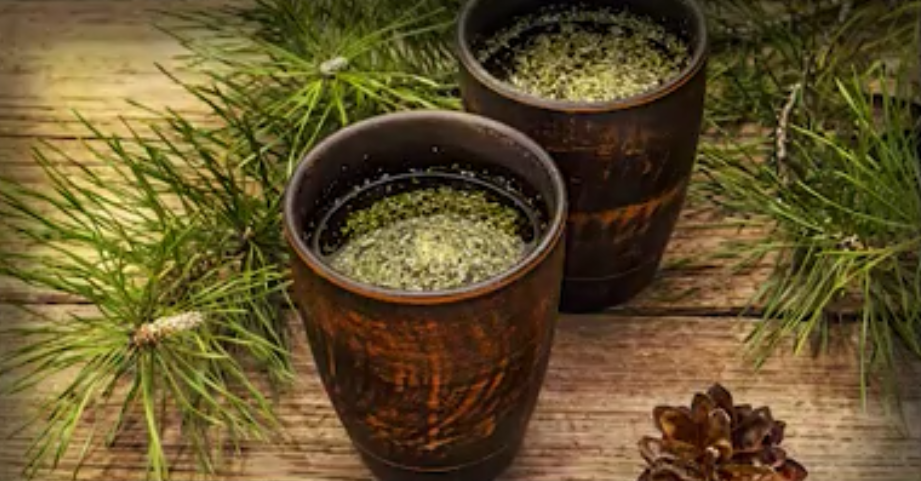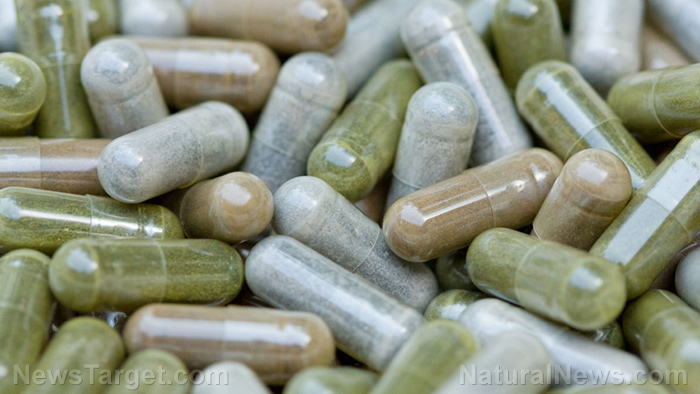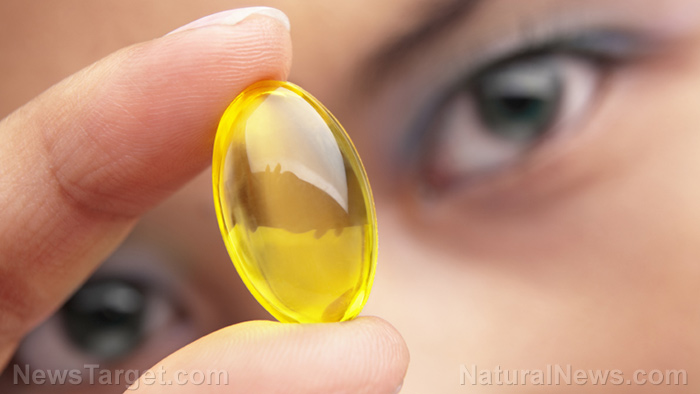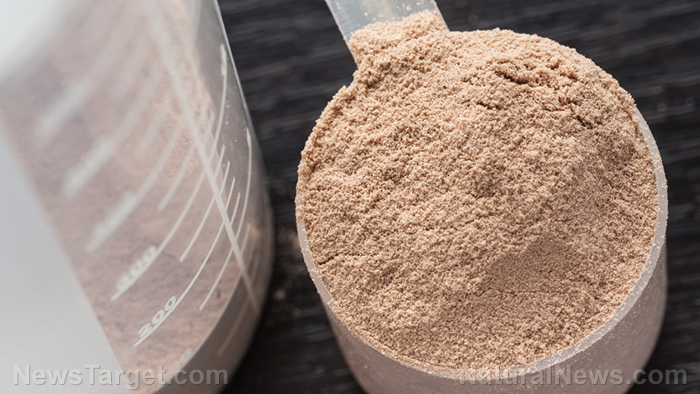7 Amazing plant compounds that will improve your eyesight and prevent macular degeneration
08/06/2020 / By Virgilio Marin

Macular degeneration involves the loss of central vision. It happens due to damage in the macula, which is part of the retina. It is one of the leading causes of vision loss in adults 50 years and above. The condition typically comes with age, hence the name age-related macular degeneration, or AMD.
There are about two million Americans aged 40 and older with AMD while another 7.3 million are at risk of developing the condition. It is expected that 22 million people in the United States will have some form of AMD by 2050.
However, macular degeneration can still be managed with early treatment and proper diet.
Plant compounds to combat macular degeneration
Research determines that there are naturally occurring compounds with protective effects against AMD. It is therefore important to have a diet rich in the following nutrients:
1. Zeaxanthin
Zeaxanthin is an antioxidant that is present in vegetables such as kale and spinach. It is usually found in tandem with lutein, another antioxidant.
2. Lutein
Together with zeaxanthin, lutein helps fight free radicals that can cause oxidative stress and damage the retinal cells. They also filter harmful blue and ultraviolet light.
Lutein and zeaxanthin boost macula pigment, which is made of the same two carotenoids. A study found that people with the highest levels of the plant compounds had a 41 percent lower risk of AMD. Research further showed that supplementation of lutein and zeaxanthin can boost retinal function and enhance visual acuity. Meanwhile, another study suggests that a daily intake of 10 to 12 mg lutein increased the density of protective pigmented cells in the retina by 175 percent.
Aside from AMD, these two antioxidants also help prevent cataracts — the clouding of the natural lens of the eyes. One of the major causes of cataracts is the oxidation of the eye’s lens.
Unfortunately, the body does not self-produce these two compounds. It is therefore important to eat vegetables rich in these nutrients such as kale, spinach and collards. (Related: Spinach protects eyes from age-related macular degeneration.)
3. Meso-zeaxanthin
Meso-zeaxanthin plays a supporting role in eye health. It works alongside lutein and zeaxanthin in blocking blue light from reaching the underlying structures in the retina. This way, it helps reduce the risk of light-induced oxidative damage that could lead to AMD.
4. Astaxanthin
The antioxidant astaxanthin also protects the retinal cells from oxidative stress and from blue and ultraviolet light.
Moreover, research shows that it is effective for a particular type of AMD called wet AMD. It occurs when new blood vessels grow beneath the retina, which may leak blood or other fluids. In fact, astaxanthin is said to provide greater antioxidant protection than beta-carotene, lycopene and lutein.
Major sources of astaxanthin include algae and marine foods, particularly salmon.
5. Cyanidin-3-glucoside
Cyanidin-3-glucoside is a subtype of anthocyanin, a plant pigment that gives berries and purple vegetables their dark colors. It plays a significant role in night vision by boosting the function of rhodopsin, a protein in the rod cells of the retina. Rod cells, in turn, facilitate vision in very dim light.
Recently, a study found that it has protective effects against inflammatory damages that can contribute to AMD. Researchers are optimistic about its potential application against AMD-related inflammation.
Organic plums, pomegranate and dark-skinned berries are some of the best sources of cyanidin-3-glucoside. (Related: Study finds grapes can prevent blindness from age-related macular degeneration (AMD).)
6. Alpha-carotene
Alpha-carotene also prevents damage caused by harmful rays of light on the macula pigment. A study involving over 100,000 adults over 50 years old found that those with the highest dietary intake of alpha-carotene had a 32 percent reduced risk of advanced AMD compared to those with the lowest intakes.
Alpha-carotene can also benefit smokers, who are twice more likely to develop AMD. Research shows that current smokers with most dietary intake of alpha-carotene significantly lowered their risk of macular degeneration.
Excellent sources of this carotenoid include pumpkin, carrot and tangerine.
7. Saffron
Saffron is the most expensive spice in the world due to its labor-intensive harvesting method. But aside from its kitchen use, it may also improve visual function in people with mild to moderate AMD who are already taking lutein and zeaxanthin. Although not technically a nutrient, a study found that a daily intake of 20 mg of saffron improved the vision of patients with early AMD.
AMD does not have to be a foregone conclusion as you reach a certain age. Having a diet rich in these plant compounds can help you be better protected from this eye condition.
Sources include:
Submit a correction >>
Tagged Under:
age-related macular degeneration, aging, alternative medicine, astaxanthin, disease treatments, eye health, food cures, food is medicine, foods good for eyes, functional food, herbal medicine, Herbs, lutein, natural cures, natural medicine, plant compounds, prevention, saffron, stopsmoking, zeaxanthin
This article may contain statements that reflect the opinion of the author
RECENT NEWS & ARTICLES
COPYRIGHT © 2017 SUPPLEMENTS REPORT




